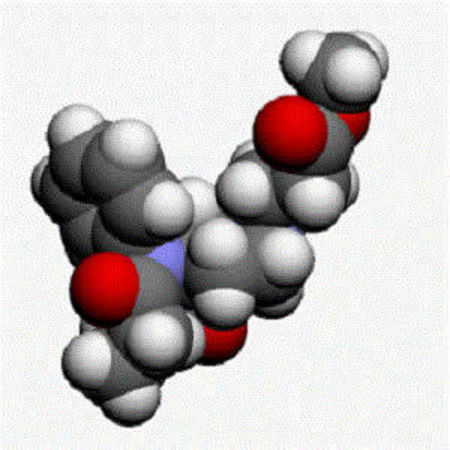New dosing models have been developed that can provide the scientific basis for more accurate administration of remifentanil, an opioid commonly used during surgery in children and obese patients. The models are described in studies published in Anesthesiology.
Currently, the dosing of the drug is based on average-sized adult patients but this can result in inaccurate dosing for some patients. For e.g. children may receive too little remifentanil which could result in unnecessary pain while obese patients may receive too much of the drug increasing the risk of overdose. The new dosing models could help prevent this from happening.
This is especially true in light of the obesity epidemic highlights Talmage D. Egan, MD, chair in the Department of Anesthesiology at the University of Utah Health Sciences Center, Salt Lake City. The percentage of patients who are seriously overweight continues to increase and many of these patients require surgery. Thus, knowing how to personalise therapy for such patients and giving them the right dose is critical.
Most anaesthesiologists base dosing on the patient's total body weight. But when there is too much weight, this method becomes unreliable. That is mainly because the metabolisation of anaesthesia happens in lean tissue as opposed to fatty tissue.
In this new study, Dr Egan and his colleagues developed a model that is based on nine previously published data sets of 4500 blood concentration measurements from 229 obese and non-obese patients. By using this data, the researchers have developed a new dosing model that provides more accurate dosing guidelines for both obese and non-obese patients.
The authors do point out that more study is required before widespread application of their model but they did observe during their study that in very obese patients, the amount of the drug cannot only be based on the patient's BMI but other factors such as fat-free mass and age should also be taken into account. Simply basing the dose on total body weight can result in high doses. Somebody who weight fives times as much as a lean person does not need five times the dose of anaesthesia.
In another study, Douglas Eleveld, PhD, MEng, an assistant professor at the University of Groningen, Netherlands, and colleagues developed the first model for administration of remifentanil that is suitable for both children and adults. They believe that their model is better as compared to adult-only or children-only models.
During their study, the researchers used data from previous studies on remifentanil in both adults and children. They took into account the patient's fat-free mass, weight, age and sex. Their analysis showed that infusion rates for children under age 5 are different as compared to those between the ages of 5 and 20. Based on their findings, they recommend that the remifentanil infusion rate for non-obese children between 5 and 20 years should be around 1.5 times the dose in adult patients. In children under the age of 5, the infusion rate should be around 1.75 times the dose in adult patients.
An accompanying editorial also states that these new dosing guidelines can facilitate the development of novel drug delivery system that could potentially increase the safety of opioid delivery and improve patient outcomes.
Source: American Society of Anesthesiologists
Image Credit: Fuse809
References:
Kyun Kim, Tae et al. (2017) Disposition of Remifentanil in Obesity. Anesthesiology; 126 (6): 1019 DOI: 10.1097/ALN.0000000000001635
Latest Articles
obesity, anaesthesia, opioid, Remifentanil, dosing model
New dosing models have been developed that can provide the scientific basis for more accurate administration of remifentanil, an opioid commonly used during surgery in children and obese patients.



























